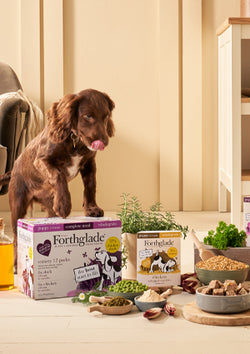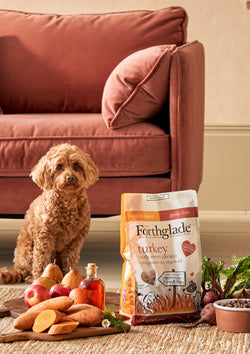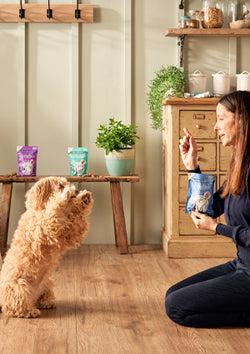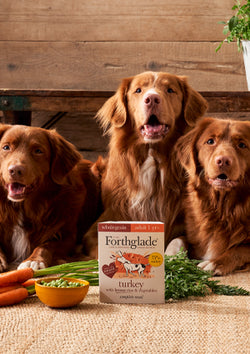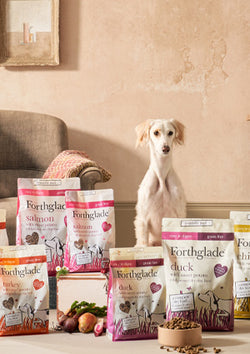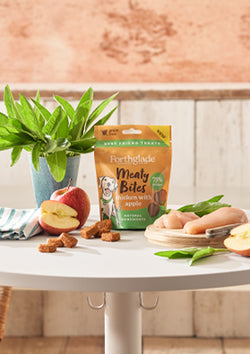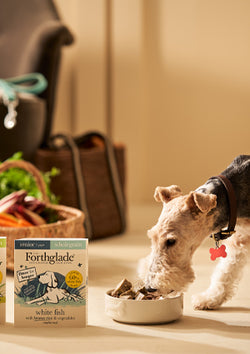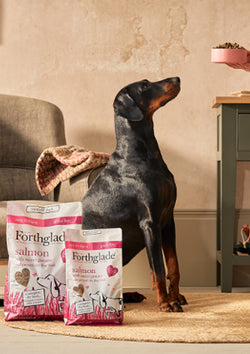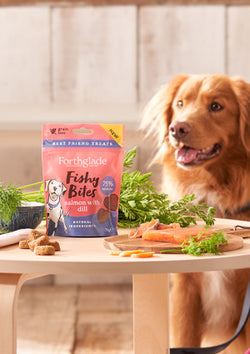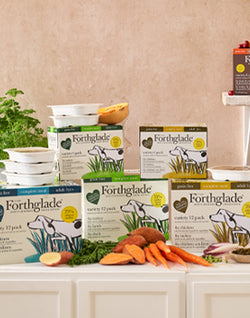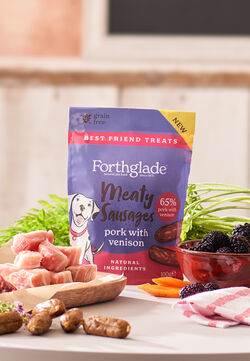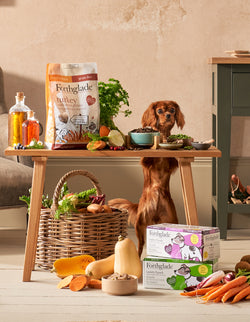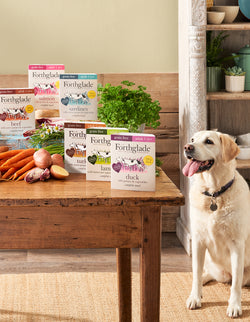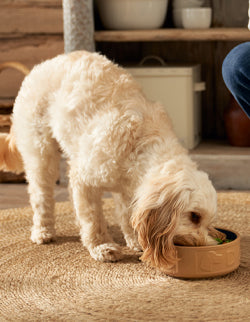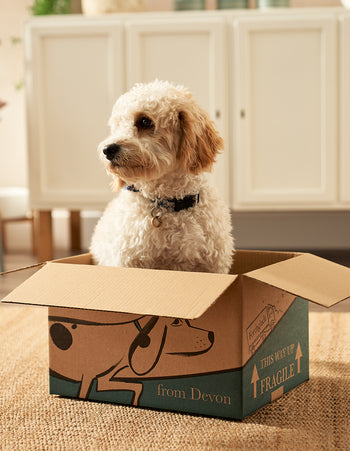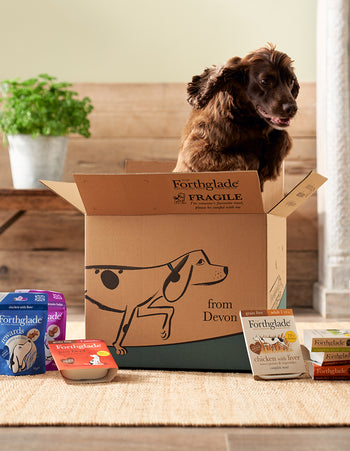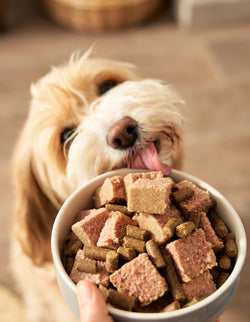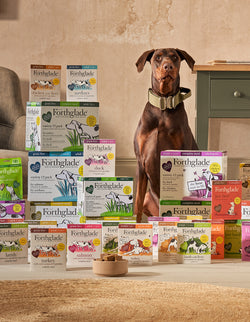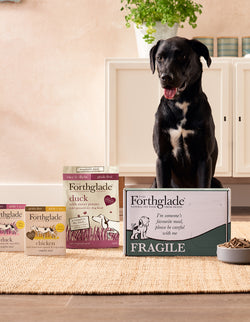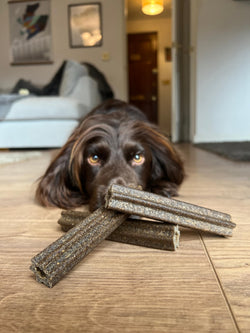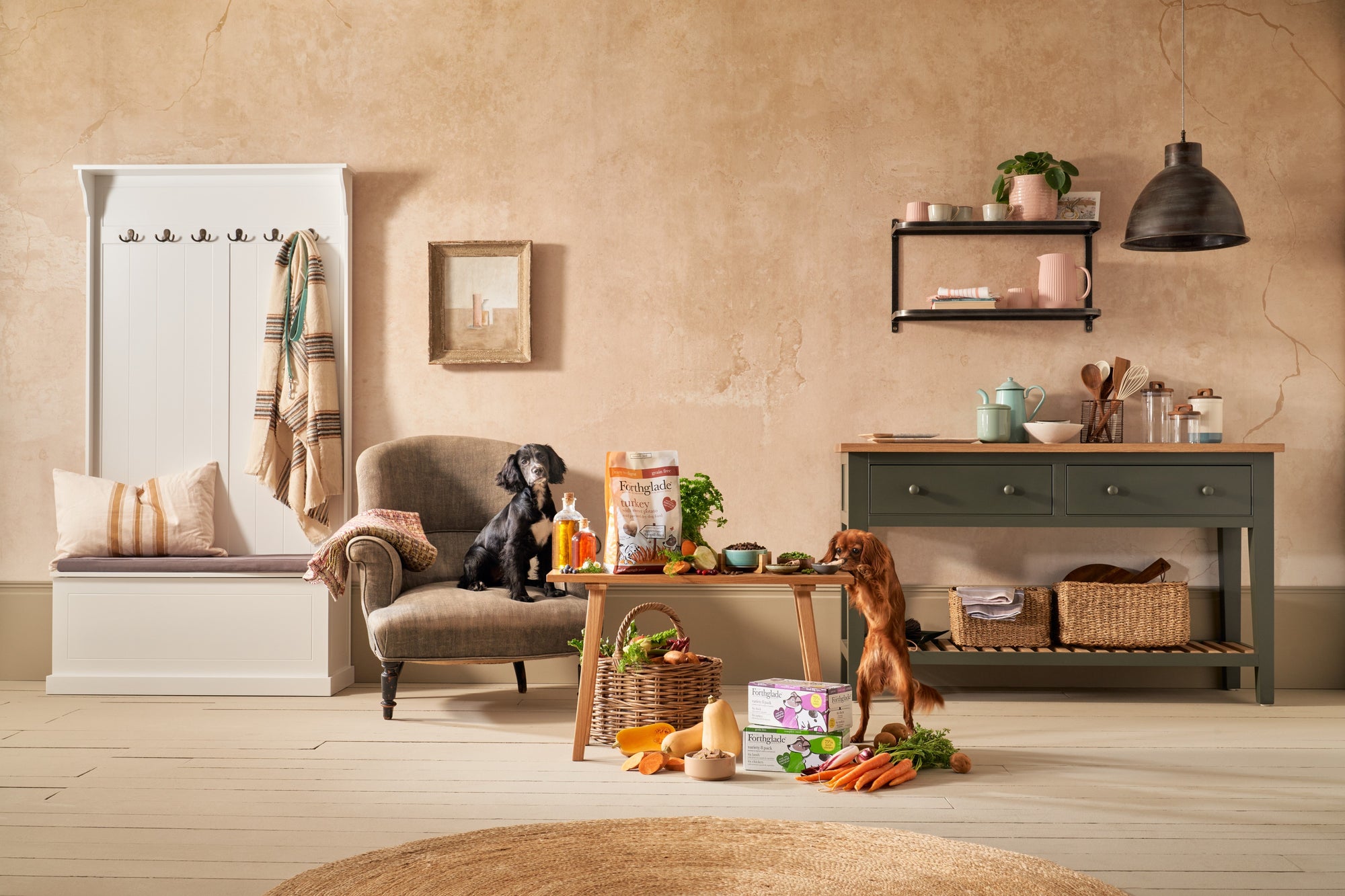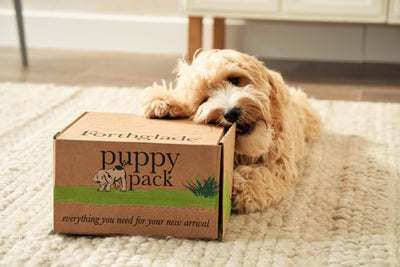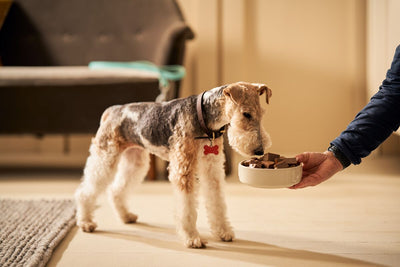I love being a vet. I love not knowing what is going to come through the door on any given day, from surgical emergencies to medical mysteries, bouncy puppies to creaking geriatrics, the list goes on. However, there is one thing I will be guaranteed to see every day. Dental disease. It’s so common that it’s part of our language: “He’s got Dog Breath!”

The sad fact is that 87% of dogs over the age of 3 years old have periodontal disease. This is not just red gums (gingivitis), this is bacteria getting under the gum and down the side of the tooth, eroding the bone and loosening the tooth’s attachment. Early periodontal disease can be treated with cleaning out the bacteria and debris from under the gum, under anaesthesia, followed up with daily tooth brushing. However, once it gets severe then the tooth needs to be removed to stop infection spreading deeper into the jaw bone.
A full complement of dog’s teeth numbers 42 (some dogs have a few less) and they all get attacked at the same time. This is why when we perform dental procedures on some of these pets we can end up taking huge numbers of teeth out.
In my career so far I have had two dogs in which I took out all 42 teeth in one go just because of severe dental disease. Most of them I could pull out with my fingers as it was only the tartar holding them in. Urrgh! These dogs were so much happier and healthier without all that rotten tissue in their mouths, but what a sorry scene.

The sad fact is that I and other vets cannot prevent dental disease occurring in your pets. The good news is that you can! There are many aids to preventing dental disease available today. The gold standard, as in humans who have the same anatomy, is tooth brushing, daily. However, healthy diets, dental chews and mouth washes can each play a role.
25 years ago, when I qualified, people would just laugh at me when I suggested tooth brushing in dogs. In fairness, some people still do, but most say they’ll give it a go. Brushing the gum margin (not the tooth) is the aim. Getting the fine bristles of a toothbrush into the flap of gum against the tooth (the gingival sulcus) cleans out bacteria and debris and introduces oxygen that allows healthy bacteria to grow.

Introduce the process slowly. It’s a dance that needs to be learned one step at a time. The first month can be just spent getting the dog to sit still for the 2 minutes that it should take. If it’s a fight then you won’t do it as no-one is having a good time.
Always follow tooth brushing with a big healthy reward to reinforce the good behaviour. This is where your dental chews can come in. Normal biscuits disappear in seconds, where a dental chew provides a real treat that your dog can quite literally get its teeth stuck into. They allow the teeth to be used for their appropriate purpose, strengthening the bone in the jaw without the danger of fracturing the teeth (bones, deer antlers and hard plastic chews all carry this risk).

You can teach any dog to have its teeth brushed, if you go slow enough, but puppies are easiest of all. Start young, build it into your daily routine and you’ll save your pet lots of future toothache and yourselves from the dreaded dog breath – but its never too late to start a healthy teeth cleaning routine.
You can check out our exclusive masterclass and Q&A session with Steve Leonard here.
At Forthglade, we have launched our plant based dental sticks, the perfect addition to your dogs daily dental routine. Find out more here.




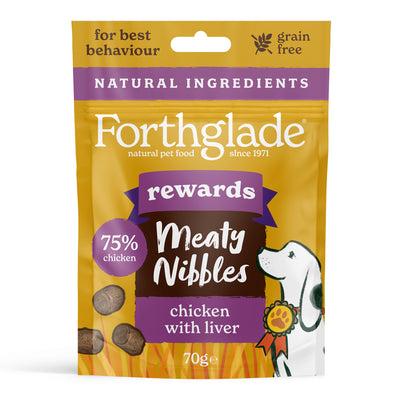
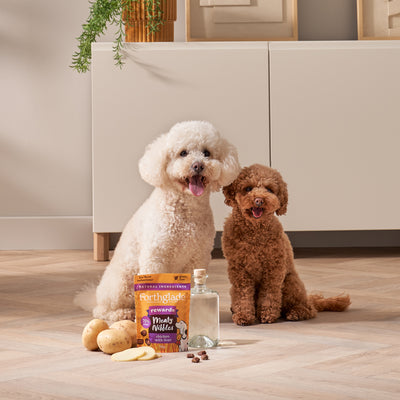






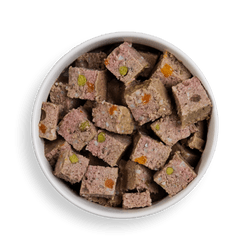

 Over 7,339 5* Reviews
Over 7,339 5* Reviews
 Established since 1971 - Made in Devon!
Established since 1971 - Made in Devon!
